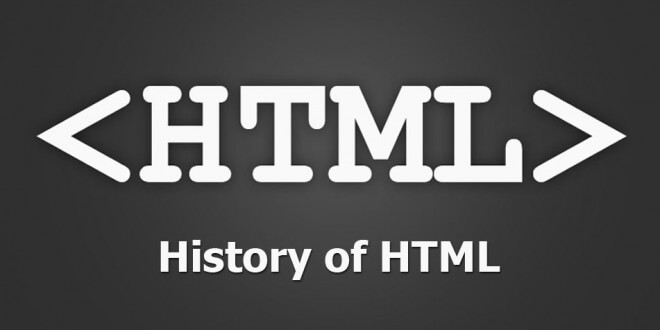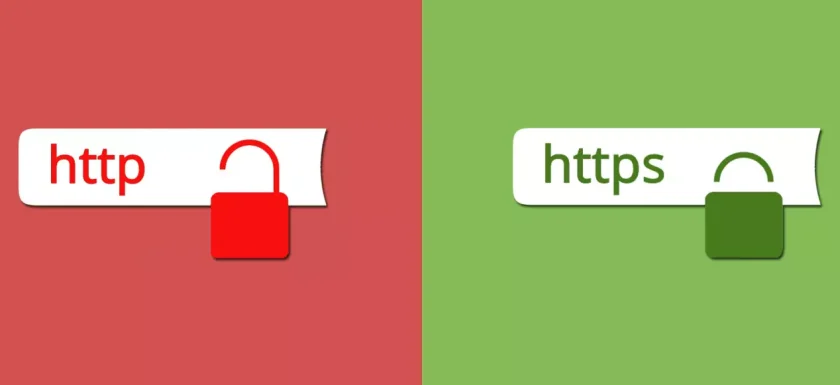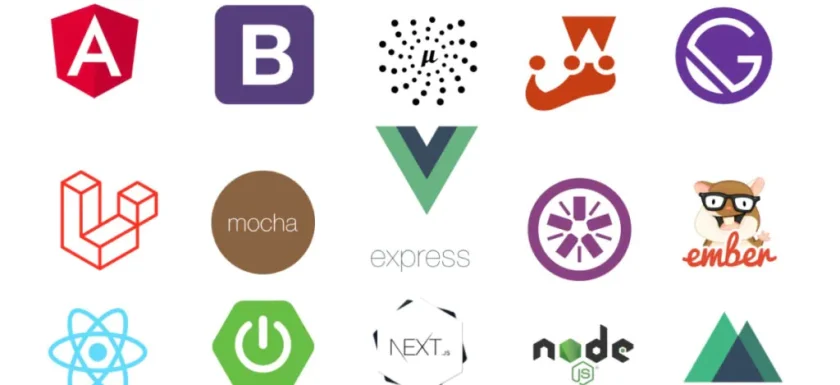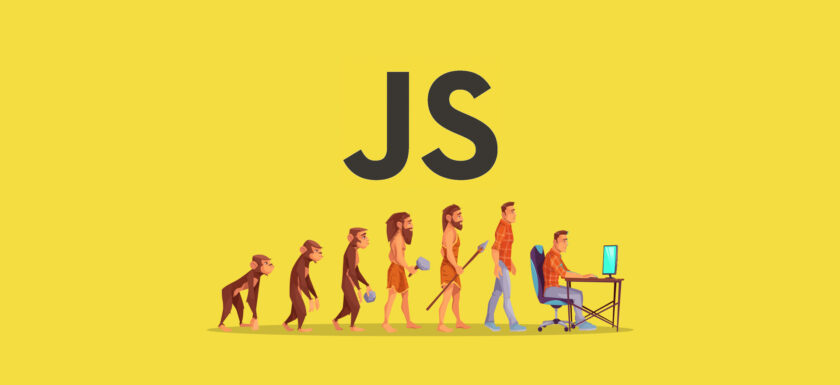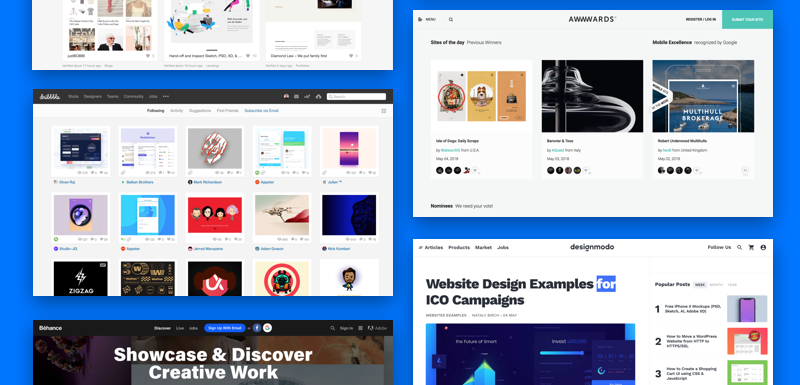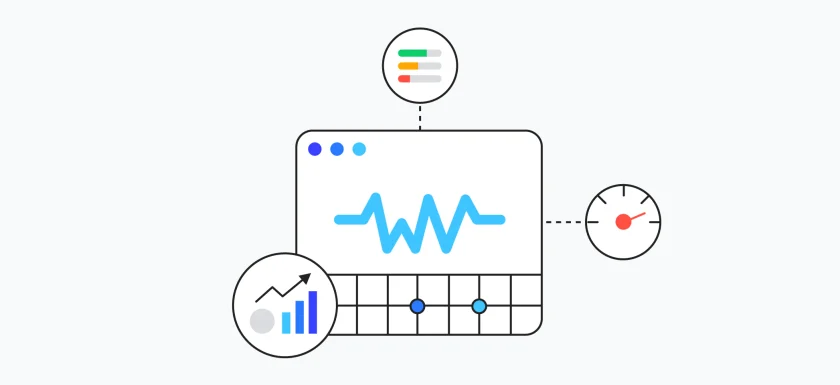History of HTML
Before we get into the history of HTML, it’s important to note what HTML is. What is html?The HyperText Markup Language or HTML is the standard markup language for documents designed to be displayed in a web browser. It can be assisted by technologies such as Cascading Style Sheets (CSS) and scripting languages such as JavaScript.And why hypertext? Because it is not just about a sequential text, but about all the possible links that we can integrate in it, from other designed pages to complex tables, videos or games, among others. The origins of HTML In the early 1990s, physicist Tim Berners Lee, a researcher at the European Organization for Nuclear Research (CERN), published anRead More →

